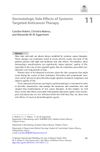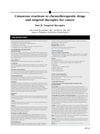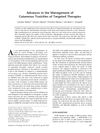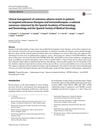Adverse Cutaneous Reactions to the New Second-Generation Tyrosine Kinase Inhibitors (Dasatinib, Nilotinib) in Chronic Myeloid Leukemia
November 2013
in “
Journal of the American Academy of Dermatology
”
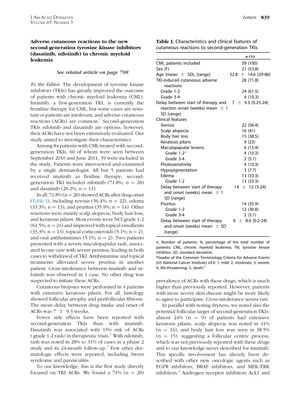
TLDR Many patients on new leukemia drugs had mild to moderate skin reactions.
The study investigated adverse cutaneous reactions (ACRs) in 39 chronic myeloid leukemia (CML) patients treated with second-generation tyrosine kinase inhibitors (TKIs), nilotinib and dasatinib. ACRs were observed in 71.8% (28 patients), including xerosis, edema, pruritus, scalp alopecia, body hair loss, and keratosis pilaris. Most reactions were mild to moderate and managed with topical treatments and antihistamines, though severe reactions led to TKI withdrawal in two cases. The study highlighted a higher prevalence of ACRs than previously reported and suggested a follicular centric process, particularly with keratosis pilaris and alopecia. Despite frequent ACRs, they were generally less severe than those induced by imatinib, and early management could improve patient adherence and quality of life.
